EU boosts Sadc livestock production
- By Zimpapers Syndication |
- 13 Jan, 2025 |
- 0
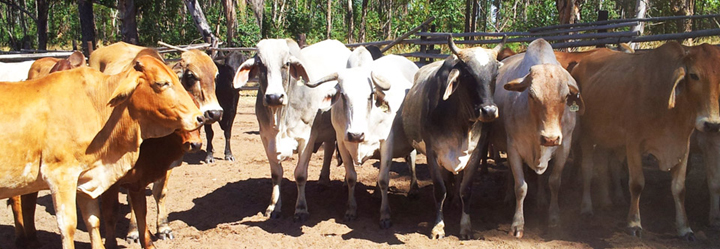
Sifelani Tsiko ---
The European Union and the Food and Agriculture Organisation (FAO) have given Sadc smallholder farmers a timely boost through a 12 million euro facility that is set to improve livestock production, animal health systems and strengthen the whole livestock value chain.
This was revealed recently when the EU and the FAO signed a new agreement aimed at improving food and livelihoods security and resilience of smallholder livestock farmers in Zimbabwe following a devastating drought that has led the death of more than 25 000 cattle.
Zimbabwe alone, was allocated 4 million euros to support and contribute to the improvement of veterinary services, food safety and the output of smallholder livestock schemes in the short to medium term.
The balance was allocated to other countries in southern Africa under the EU – FAO wider initiative to further enhance key livestock production systems for targeted smallholder producers in selected areas.
Mr Jean – Louis de Brouwer, a senior EU programme official reiterated his organisation’s commitment to assist Zimbabwe and others in the region to enhance food security.
“With the ongoing El Niño phenomenon gravely affecting tens of thousands of people in Southern Africa, and projections for 2016 showing that the worst is not over yet, the EU is committed to responding to the emergency needs of the people in affected countries,” he said.
“We are pleased to partner with FAO in this project which will directly benefit thousands of people and help them to deal with the effects of the harsh weather conditions, and protect their livestock.”
The Sadc region remains seized with pressing ahead with a long-term livestock sector strategy of establishing a disease-free zone with an objective of accessing international markets for livestock and meat products.
The EUR 650 000 project directly responds to the drought situation in most parts of Zimbabwe and is set to benefit 300 000 individuals in the country’s southern districts of Masvingo and Mwenezi - known for their dependence on livestock production.
Apart from the livestock programme in Masvingo and Mwenezi, the EU and FAO were also supporting more than 50 000 farmers - in Nkayi and Lupane districts in Matabeleland North Province - who practice mixed crop-livestock production.
Both these regions are characterized by low rainfall, frequent mid-season dry spells and extensive crop failure.
Crop production in these districts is risky in most of these drought – prone districts in Zimbabwe.
The FAO hopes the livestock programme will build on those short-term efforts and accommodate the long livestock production cycle to give impact on the livelihoods of these farmers.
“Globally, the EU is FAO's largest resource partner. In Zimbabwe, we are already partnering on various other initiatives, and this new timely action, in direct support to the FAO’s Drought Mitigation Programme, itself a response to the Government’s call for emergency support, further demonstrates a commitment to expand this collaboration for the benefit of Zimbabwe's smallholder farmers,” said FAO Sub - regional Coordinator for Southern Africa and Representative in Zimbabwe, David Phiri.
The livestock programmes aims to control the spread of foot and mouth disease (FMD) and anthrax through vaccinations and treatment.
This EU – FAO partnership is part of a larger initiative for the greater Southern Africa region, in which the EU allocated about €12 million (including €4.1 million for Zimbabwe alone) to respond to El Niño.
The EU and its implementing partner, the FAO, are also supporting a number of food security programmes in the entire southern Africa sub region.
These include providing support to the Sadc governments to help them formulate livestock policy and FMD control strategies.
The FAO says the project will be implemented in close coordination with other on-going projects.
Early this year, the EU unveiled a 5 million euros facility to finance the second phase of the Sanga project in Angola.
The Sanga project, implemented by the FAO focuses on building infrastructure to support the development of livestock farming in five provinces of Angola – Huila, Benguela, Namibe, Cunene and Huambo.
Under this phase, a total of 15 municipal veterinary pharmacies will be constructed.
According to media reports, Matteo Tonini, the FAO Representative for the southern region of Angola, added that the funding would also support bovine vaccination campaigns, recovery centres and vaccination sleeves, small water tanks for cattle and water holes in the locations covered.
The first phase was implemented from 2008 to 2014 at a cost of more than 5 million euros.
A total of 15 municipal veterinary pharmacies and three vaccination sleeves were built in Angola’s five provinces.
Assistance to Botswana is being implemented under the 2014 - 2016 FAO Country Programming Framework (CPF) in partnership with the government.
Specific sectoral interventions include the Integrated Support Programme for Arable Agriculture Development, the Livestock Improvement and Infrastructure Development, and Programmes for Disease Control and Intensification of Rural Infrastructure Development.
The major aim of programmes in Botswana include animal disease control, covering the foot-and-mouth disease (FMD) surveillance and veterinary diagnostics.
Botswana also benefited from another project to support prevention and control of contagious bovine pleura-pneumonia (CBPP), a disease which spreads rapidly between herds and across international borders, causing significant cattle mortality and production losses.
The FAO is also partnering with Malawi, Mozambique and Zambia to prevent further spread of Peste des Petit Ruminants (PPR), a disease that attacks small ruminants such as sheep and goats.
The UN agency says a combined total population of 12 million sheep and goats in Malawi, Mozambique and Zambia and 50 million in other Sadc countries are at great risk of the PPR.
Elsewhere in the region, Lesotho and the International Fund for Agricultural Development (IFAD) signed an agreement that will bring relief to the country’s livestock producers.
The agreement includes a US$5,8 million loan, another US$5.8 million IFAD debt sustainability framework grant and an additional US$7 million grant from IFAD’s Adaptation for Smallholder Agriculture Programme.
The money is expected to go towards financing Lesotho’s Wool and Mohair Promotion Project (WAMPP), giving a fillip to the animal rearing industry in the country.
Almost 70 per cent of Lesotho’s population lives in rural areas, most of which lie in the high mountains where the main source of income is from raising sheep and goats to produce wool, high quality mohair and meat.
Agricultural experts say a recent decline in the quality and quantity of wool and mohair fibres, combined with the effects of climate change, have taken a toll on smallholder farmers in the mountain and foothill regions.
WAMPP aims to help smallholder livestock producers generate higher incomes and have more sustainable livelihoods.
A devastating El Nino-induced drought has claimed thousands of livestock in Southern Africa as grass and water are scarce.
The loss of livestock stock runs into millions of dollars and most farmers with minimal government support are making frantic efforts to save their livestock through supplementary feeding schemes, translocating animals to areas with better pasture and de-stocking in the worst situation.
The El Niño drought hitting most Sadc countries is the worst in more than 50 years and has, apart from people, seen livestock in particular suffering from lack of grazing pasture and water.
Some analysts fear that that it could be as bad as 1991-92 drought when around a million cattle died across the region.
Livestock updates from across the region all indicate that cattle, sheep and goats are dying as drought tightens its grip in the Sadc region.
In drought-prone parts in the Sadc region, most dams have dried up and livestock was reported to be watered mainly from underground boreholes.
Recent rains is most parts of the region have slightly improved pasture and water availability, slowing down livestock deaths.
Zimbabwe, alone has lost 25 000 cattle while Swaziland lost 10 000, Botswana 15 000 and Mozambique more than 5 000. Statistics for other Sadc countries could not be easily accessed.
Animal health experts say the main challenges faced by the livestock sector within the Sadc region include low productivity characterised by under-investment, poor animal husbandry, nutrition and an unacceptable loss due to animal diseases.
FAO hopes components of livestock projects being implemented across the region will strengthen the prevention and management of animal diseases, institutional capacity building for the Ministry of Livestock to improve service delivery and capacity to monitor food safety of facilities in the targeted project areas.
Animal health experts say the Sadc livestock sector is still facing numerous challenges that include the replacement of the preferential trade agreements that supported beef export from SADC countries to high - value markets, the existence of FMD – the most trade – sensitive cattle disease and the existence of stringent consumer product quality and food safety requirements in high-value markets in the EU and the USA.
New trade agreements have left smallholder Sadc livestock producers exposed to fierce competition from high-producing countries like Argentina, Brazil and Australia, which have less daunting challenges than most SADC, experts say.
The farm animal resources of SADC are rich and immensely diverse.
The livestock population in SADC is estimated at 64 million cattle, 39 million sheep, 38 million goats, 7 million pigs, 1 million equines and 380 million poultry. An estimated 75 percent out of the above livestock population is kept under smallholder traditional systems.
No Comments



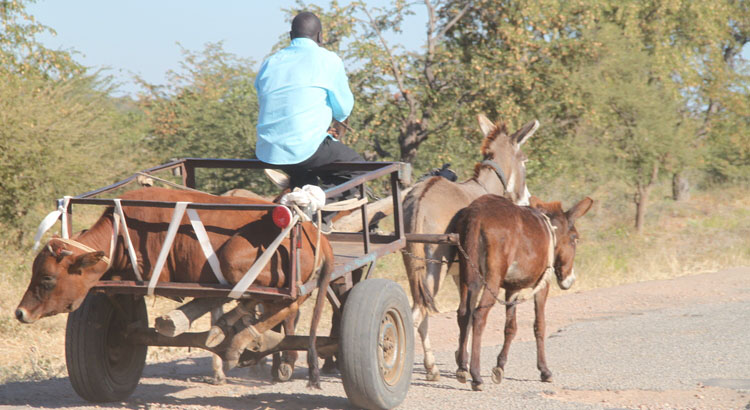


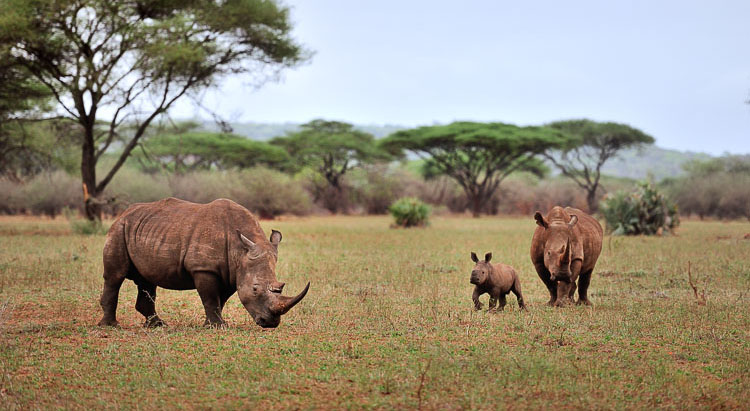
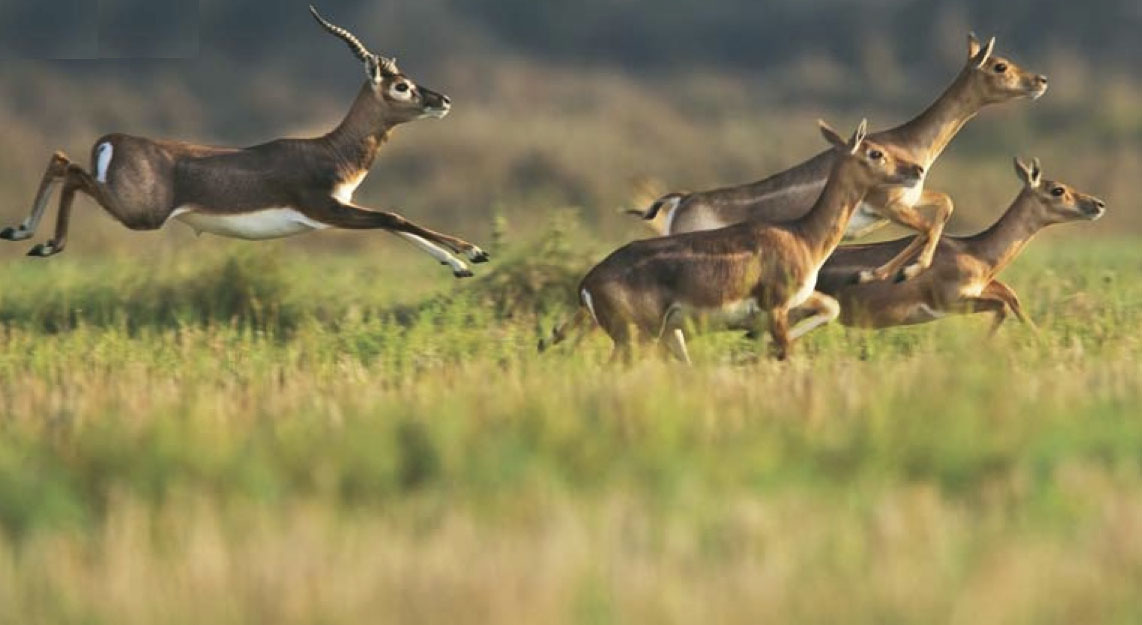

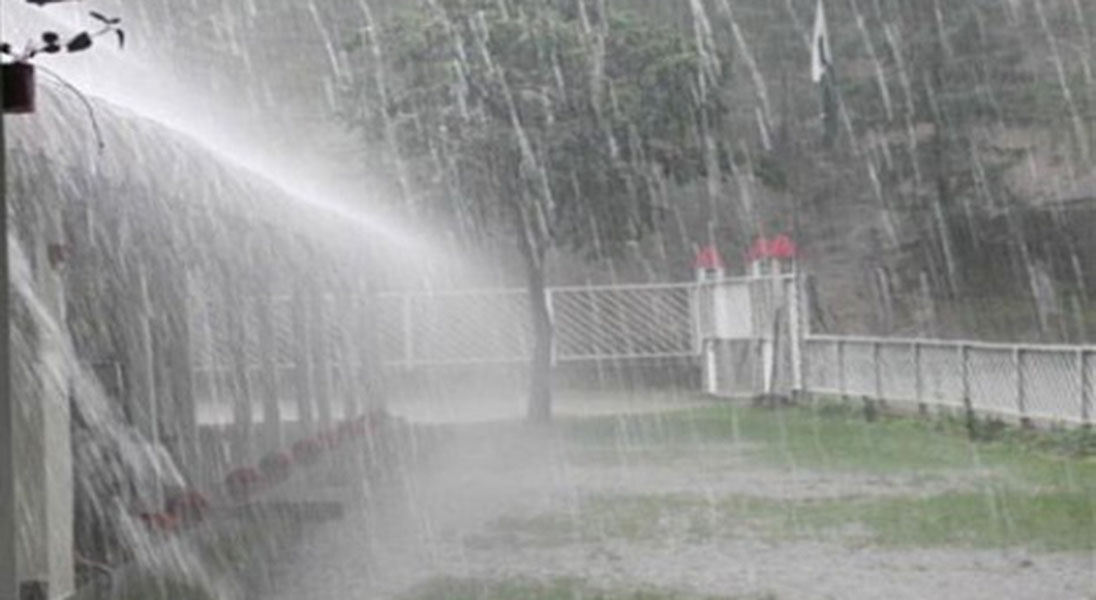
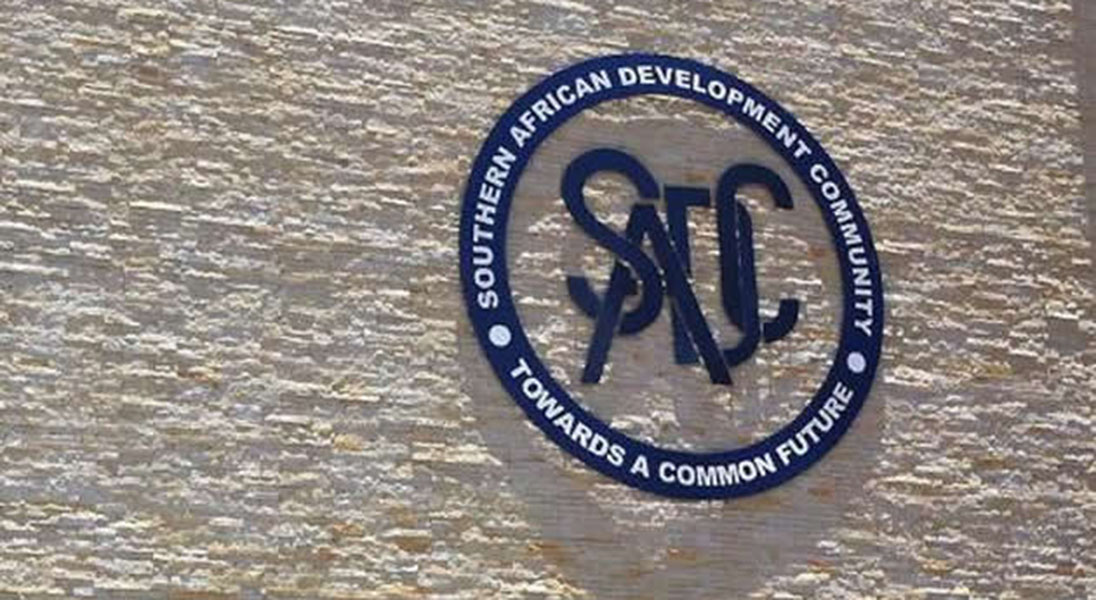
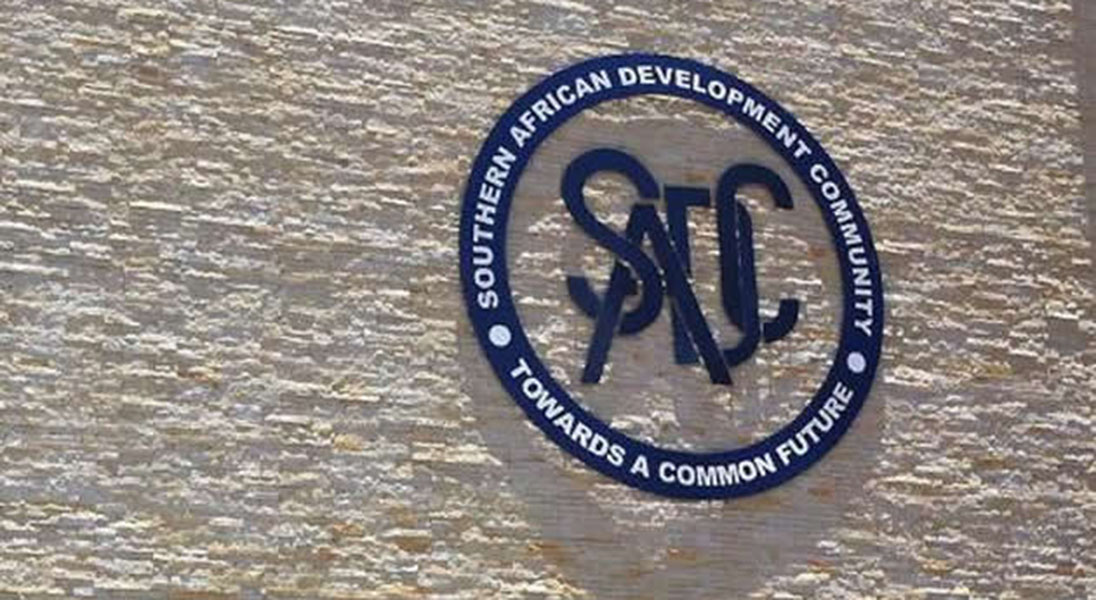
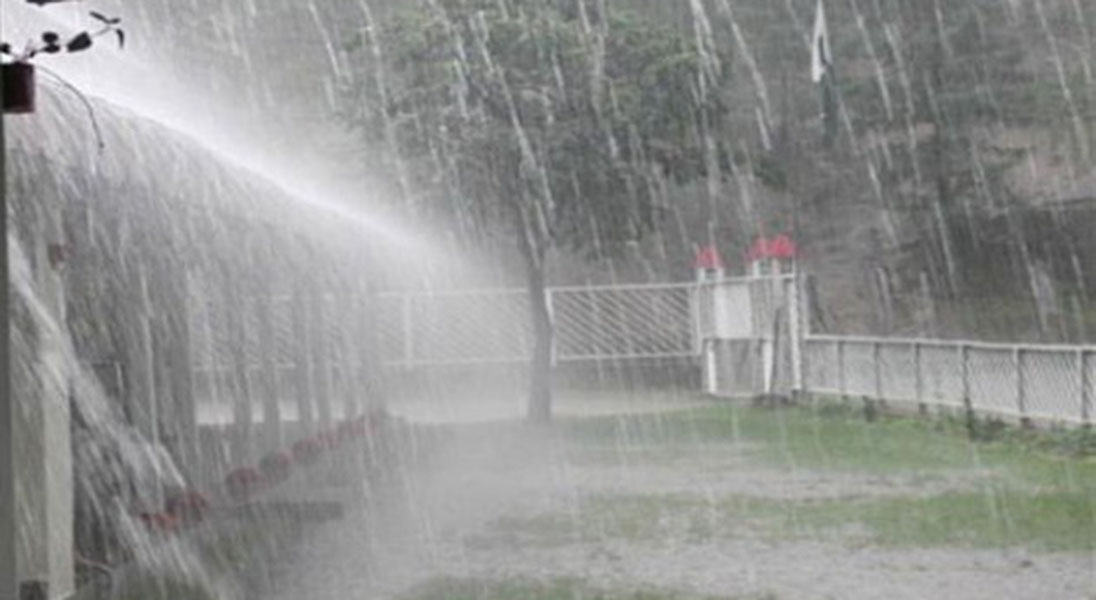
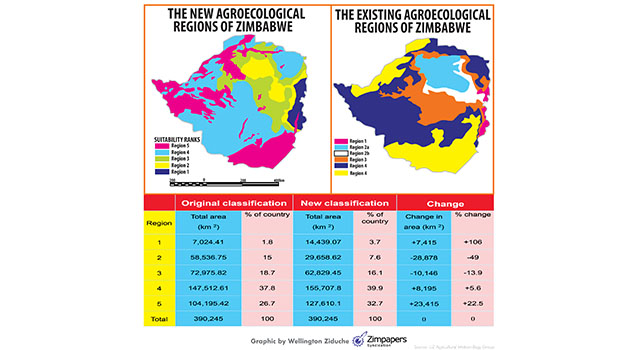
Comment